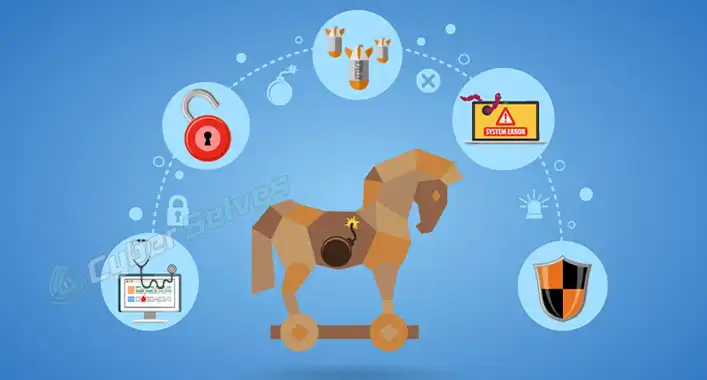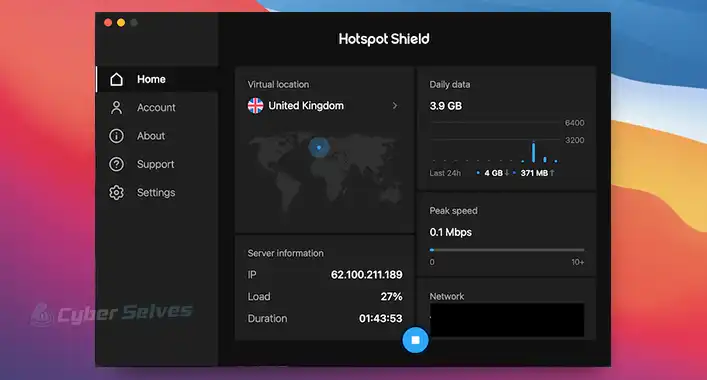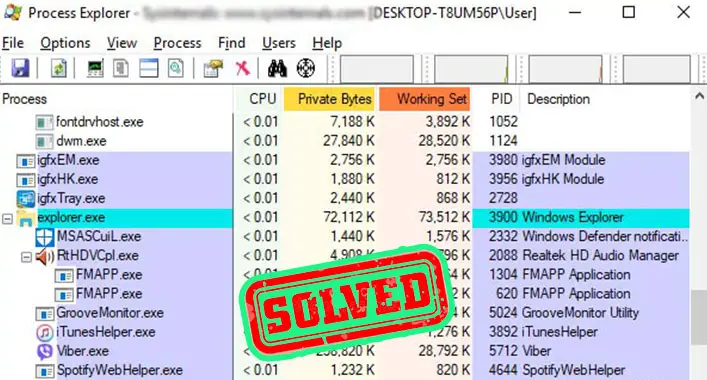How to Report a DDoSer | Safeguarding the Digital Realm
The modern era of connectivity has ushered in countless conveniences, but it’s not without its shadows. DDoS attacks, in particular, have surfaced as an online menace, disrupting the digital equilibrium and leaving chaos in their wake.
In the face of such cyber-aggression, the best defense is prompt action. To report a DDoSer, immediately notify your service provider, escalate the issue to relevant cybersecurity organizations, and if necessary, involve law enforcement.
As we journey further, we’ll provide a detailed breakdown of each step to ensure you’re well-equipped to handle and report any DDoS encounter.

A Step-by-Step Process on Reporting a DDoSer
Step 1: Collect & Store Evidence
It’s crucial to compile a comprehensive log of the suspicious activity. Details like the exact times the irregularities started, server logs showing the incoming traffic, IP addresses involved, and any other anomalies should be securely stored. This data not only aids in investigations but also serves as a reference for future preventive measures.
Step 2: Inform Your Hosting Provider
More often than not, hosting providers have sophisticated tools and protocols to detect and mitigate the effects of DDoS attacks. Keeping them in the loop can sometimes yield immediate remedies. Plus, their technical expertise can aid in diagnosing the attack’s extent.
Step 3: Contact Local Law Enforcement
Many assume that the virtual realm is beyond the grasp of law enforcement. In reality, most developed cities have specialized cybercrime units. Their job is to combat and investigate malicious online activities, and a DDoS attack is very much on their radar. Reporting to them not only aids your case but strengthens the larger fight against cyber threats.
Step 4: Report to National Cybersecurity Centers
On a broader scale, countries often have dedicated agencies that oversee digital security. The US, for instance, has the US-CERT, which plays a pivotal role in protecting its digital infrastructure.
Step 5: Inform the ISP
If your investigation or data can point to specific ISPs being the source of the attack, alerting them can lead to immediate action. ISPs have the authority and means to shut down malicious traffic emanating from their networks.
Step 6: Use Online Reporting Platforms
Online platforms, including forums like Stack Exchange, are bustling with tech aficionados. Sharing your predicament here can sometimes yield insights, tools, or even direct help from experts around the globe.
Explanation of DDoS Attack
A DDoS attack, in its essence, is a digital tsunami. The goal is to make a network, service, or website drown in a deluge of bogus traffic. This malicious flood often originates from multiple systems, sometimes even globally spread, mostly ensnared and controlled by the attacker without the owner’s knowledge.
But what drives someone to execute a DDoS?
Be it an expression of a disgruntled gamer, a competing business wanting to tarnish a rival’s reputation, a politically motivated group, or sometimes, just individuals craving chaos; the reasons are varied and often intertwined.
Identifying a DDoS Onslaught
DDoS attacks manifest in several ways:
- Network Performance: The most glaring sign is a sudden, inexplicable slowdown in internet speed. Websites start taking ages to load if they load at all.
- Unreachable Services: Specific websites or online services becoming unavailable is another classic symptom.
- Flood of Spam: If your email suddenly is brimming with unasked-for emails, it might be a precursor or a part of a DDoS.
Fortifying Your Digital Walls
Now, while reporting is essential, post the attack, there’s a palpable urgency to prevent future threats.
- Anti-DDoS Services: Think of companies like Cloudflare and Akamai as digital sentinels. They specialize in detecting and mitigating DDoS threats. Their globally spread infrastructure ensures that even if a part of the web is under attack, the traffic is rerouted, keeping the services running.
- Regular Surveillance: Tools that constantly monitor your online traffic can be set up to send alerts for abnormal spikes. This allows for rapid response.
- Educate Your Digital Cohorts: From coworkers to family, everyone using the network should be aware of DDoS symptoms. The sooner an anomaly is spotted, the quicker it can be contained.
Seeking Clarity: Some FAQs
- How can a ‘single’ DDoS attack emanate from ‘multiple’ sources?:
- DDoS utilizes botnets – a conglomerate of compromised systems, often spread globally, executing commands of central control (the attacker).
- Is data theft a DDoS outcome?:
- No, DDoS is about disruption. However, smart attackers sometimes use DDoS as a smokescreen for other simultaneous malicious activities, including data breaches.
- Are DDoS attackers traceable?:
- It’s tough. Given the multi-source nature of the attack, tracing back to the original perpetrator is like finding a needle in a haystack. However, advancements in cybersecurity are making this increasingly possible.
In conclusion, your vigilance contributes to a safer internet. By understanding, reporting, and preventing threats like DDoS, you’re not just protecting your corner of the web but fortifying the global digital domain. The web is woven by all of us, and its safety is our collective responsibility. Stay secure!
![[Fixed] Malwarebytes is not Removing Malware (100% Working)](https://cyberselves.org/wp-content/uploads/2022/02/Malwarebytes-is-not-Removing-Malware.jpg)




